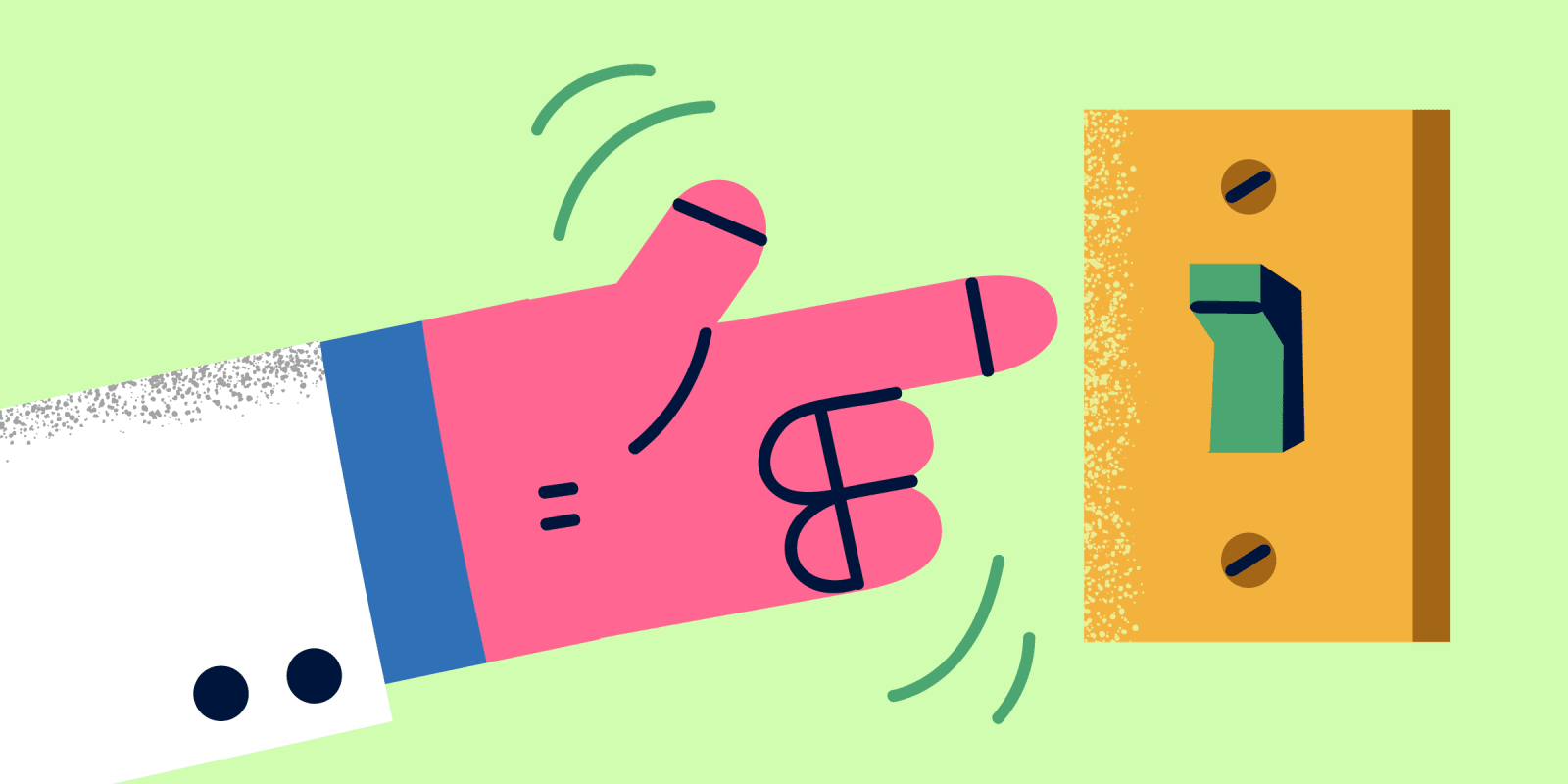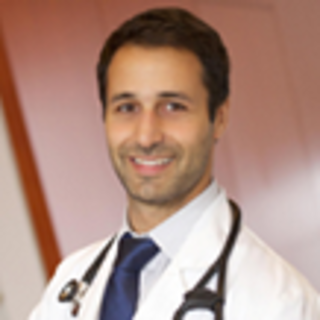It is no secret that many first-year medical students struggle as they learn to dissect a human body. Dissection is often described as a rite of passage, a smelly ordeal, and a test of grit. However, the true costs of this desensitization are rarely discussed, just as the worst historical misdeeds of our profession are commonly ignored and generally absent from medical education curricula.
Week by week, my cadaver taught me to repress and forget the disgust that accompanied peeling off his skin; splitting his muscles; handling saw, chisel, hammer, and blade on his flesh. For this hard-earned gift, I am thankful. Without it, I would not be able to devote my career to fixing broken bodies as an orthopaedic surgeon. Time and time again, starting with the first incision along my cadaver’s chest, I learned to turn off a switch inside of me — I cannot think of a better way to describe the moment when I decide to carry out an act that feels repulsive.
Over four years of medical school, I recognize that alongside all the practice I got flipping that inner switch off, there was very little opportunity to practice switching it back on. “Well, is that not simply a part of being a doctor?” one may legitimately ask. I have come to see things differently after exploring some of the darker corners of my profession’s legacy. Medicine appears to harbor some endemic vulnerability that manifests, under certain circumstances, as a tendency to cause great harm. Underlying such atrocities as the myriad unethical experiments conducted on vulnerable populations by medical scientists, or the active participation of German medical doctors in mass murder under Nazi rule, is, I believe, a distorted sense of both self and others. For me, the first stirrings of this dual distortion emerged in the cadaver laboratory.
Imagine asking a passerby if they felt capable of cutting through the face of a deceased person with a manual saw. Most would say no, recoiling at the mere idea. For many of us, such gory images are the stuff of horror movies, and belong in the realm of the nightmarish and forbidden. Many first-year medical students likewise struggle with the idea of sawing through a human face, and yet, within the confines of the dissection laboratory, they will accomplish the task. Whether on a conscious or a subconscious level, performing this act alters one’s sense of what one is capable of. Performing a repulsive act does not, in and of itself, propel a person down the path toward immorality.
Nonetheless, several decades of neuroscience research support a view of human morality in which non-rational processes (emotions, impulses, “gut feelings”) contribute and probably dominate moral cognition and behavior. Tampering with our ability to be disgusted by certain acts recalibrates parts of the neural circuitry that underlie moral cognition.
I recall that from the very first day of the anatomy course, there appeared to be a tacit yet unrelenting effort on the part of us students to erase and reconstruct narratives. Although no dissection manual instructs students to assign a new name to their cadaver, it is a very common practice. My three groupmates and I settled on “Poseidon.” We did not discuss the implications of this new baptism, yet in hindsight, I am certain that this ritual holds deep meaning: it is at once an erasing of the individual’s history, and a welcoming into a new order in which their body plays an entirely different function. Regardless of this man’s past life, in the anatomy laboratory, he would simply be Poseidon: a willing and selfless partner in our discovery of human anatomy. No one ever told me his real name. Many of my fellow students shared with me that they experienced distress during specific parts of the dissection, such as the very first cut, the unveiling of the face and its splitting along the mid-line, and the sawing of the pelvis.
Throughout my training, I was still occasionally surprised by an act or sight that triggered that same visceral unease — this doesn’t feel right. One such instance occurred in my fourth year of medical school during a rotation in hand surgery, when I pulled out a patient’s nail for the first time. I was surprised to find myself distressed by such a minor procedure, which is performed in the ER. Of course, this patient’s finger was completely numbed by a local anesthetic, and the procedure was intended to benefit him by repairing an injured nail bed. I was convinced I was doing good; and yet, I could hardly believe what I was doing. I suddenly felt weak in the knees and realized my fists were tightly clenched. I experienced tingling in my fingertips and wanted to shake my hands out, as if to protect my own nails from being pulled out. In response, I turned my internal switch off, and watched myself carry out the motions in autopilot. Until that moment, pulling out nails was something I would have associated with torture. My disgust, which I silenced, served as a reminder of how strange our work can be and how much I had changed in just a few years.
I do not think my moral compass has lost its direction — I still have a strong sense of moral identity. However, I am forced to acknowledge that one of the natural, built-in, almost reflexive mechanisms that traditionally governs human behavior has likely been altered in me, like a rubber band stretched thin to accommodate a heavy load. In other words, although I may be no more likely than a lay person to do something I believe is wrong, I may be much less reluctant to do something physically upsetting when I believe it is right.
Only recently, as I focused on the history of medicine’s occasional and disastrous straying from serving patients, did I gain the vocabulary and insight to express some of the loss that has accompanied my medical education. I am by no means suggesting that medical education actively promotes unethical behavior. Nonetheless, entire groups of physicians have undeniably shocked us by their ability to commit horrible acts, and I believe such occurrences have been, and are, more frequent than one might expect. Meanwhile, studies of medical students continue to show decreasing levels of empathy and compassion throughout training. Such results have always seemed obvious to me: as medical students, we get lots of practice in not feeling, but hardly any in how to conjure up genuine compassion. It is worth noting that medical students are increasingly taught how to appear compassionate, through standardized patient encounters and other exercises. Although not without benefit, such efforts fall short of cultivating the inner experience of compassion — flipping the switch back on.
It is clear to me that my education has allowed me to acquire the knowledge and disposition necessary to becoming a proficient surgeon. And yet, we overlook much. How do we teach students to realize when they shut off certain sensibilities? How do we learn to master both the off and the on switch? I do not have the answer. I know that a necessary first step is to acknowledge the loss of normalcy that is perhaps the defining feature of our first cadaveric dissection, to anticipate and validate student reactions. It took me years to begin expressing these thoughts, requiring a detour through some of the most somber chapters of our profession’s history. I only wish that I could have started reflecting sooner.
What parts of your medical school experience have stayed with you? Do you have any recommendations for how things could be different? Share your thoughts in the comments below!
Samuel Cohen-Tanugi, MD is currently a senior resident in orthopaedic surgery in Charlotte, North Carolina. He was born and raised in Paris, France and completed his undergraduate and medical education at Stanford University and Columbia University, respectively. He plans to pursue fellowship training in hand and upper-extremity surgery.
Image by Denis Novikov / Getty







